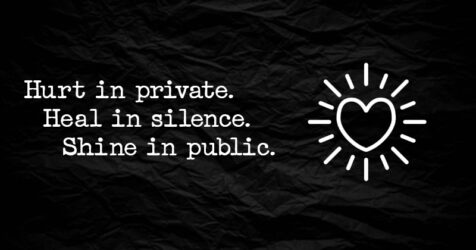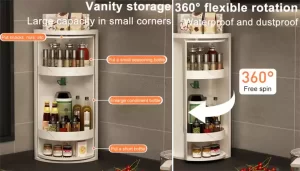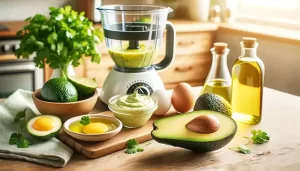Understanding and Maximizing the Use of ‘Best By’ Dates on Canned Foods
Introduction:
The ‘Best By’ labels on food products, especially canned goods, often lead to unnecessary wastage due to common misconceptions about their meaning. It’s crucial to understand that these dates are indicators of quality, not safety. This article provides insights into effectively using canned products like corn, green beans, and tuna well beyond their ‘Best By’ dates, ensuring you enjoy these staples while minimizing food waste.
Interpreting ‘Best By’ Dates
Quality, Not Expiration: The ‘Best By’ date is a manufacturer’s estimate of when the product will be at its peak quality in terms of taste and texture. It is not a cut-off point for safe consumption.
Safety Margin: Particularly for canned goods, products are often safe to eat beyond the ‘Best By’ date, assuming they’ve been stored correctly and the can’s integrity is intact.
Shelf Life of Common Canned Goods
Canned Corn: This pantry staple can last 1-2 years past its ‘Best By’ date if stored in a cool, dry place and the can is undamaged. While the quality may diminish over time, it generally remains safe to consume.
Canned Green Beans: Similar to canned corn, green beans can be used 1-2 years beyond the date on the label. Ensure the can is not damaged or swollen to enjoy these beans with minimal quality loss.
Canned Tuna: With its high protein content, canned tuna is a popular choice. When stored properly, it can be safe for consumption 3-5 years past its ‘Best By’ date, although taste and texture may gradually change.
Guidelines for Safe Consumption
Can Inspection: Always check cans for dents, rust, or swelling. These signs can indicate spoilage or bacterial contamination.
Odor and Texture: Upon opening, if the food has an off smell, color, or texture, it’s best to err on the side of caution and discard it.
When in Doubt: If you’re uncertain about a canned item’s safety, it’s better to dispose of it to avoid the risk of foodborne illness.
Tips for Prolonging Shelf Life
Ideal Storage: Keep your canned goods in a cool, dry place away from direct sunlight to preserve their quality.
Can Placement: Store cans upright to maintain the seal’s integrity and prevent leakage.
Rotation System: Practice ‘first in, first out’ to use older cans first and keep the stock fresh.
Handling: Handle cans with care to avoid dents or damage that can compromise the seal.
Refrigeration: If you don’t use the entire contents of a can, transfer the leftovers to a sealed container and refrigerate.
Conclusion:
The ‘Best By’ dates on canned goods are guidelines for quality rather than definitive markers for safety. By understanding and respecting these dates, and by following proper storage and inspection practices, you can extend the usability of canned foods like corn, green beans, and tuna well beyond their labeled dates. This not only ensures you enjoy these foods at their best but also contributes to reducing food waste. Remember, safety is paramount, so when in doubt, it’s wise to choose caution and discard any questionable items. Enjoy your canned goods in a smart, safe, and sustainable way!



















